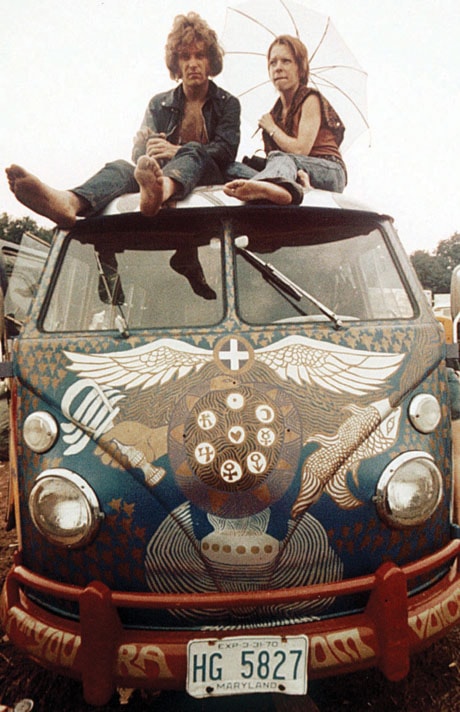BETHEL, N.Y. — Forty years after Richie Havens sang and strummed for a sea of people at Woodstock, he still gets asked about it all the time. And like in the movie, he still gets requests to sing “Freedom.”
He’s not surprised.
“Everything in my life, and so many others’, is attached to that train,” Havens said.
The young hippies who watched the sun come up with The Who in 1969 are now eligible for early bird specials. Many of the bands are broken up or missing members who died.
But Woodstock remains one of those events — like the moon landing earlier that summer — that continues to define the ’60s in the popular imagination.
Consider the bumper crop of Woodstock nostalgia marking the 40th anniversary. There’s a new director’s cut DVD of the concert movie, a remastered concert CD, director Ang Lee’s rock ’n’ roll comedy Taking Woodstock and a memoir by promoter Michael Lang.
There are also a performances scheduled by Woodstock veterans at the old site, now home to a ’60s museum and an outdoor concert pavilion.
The Woodstock legend stems from big names like Jimi Hendrix and Janis Joplin playing at a show where everything went wrong — but turned out right.
The town of Woodstock didn’t want the concert and promoters were bounced from another site at the 11th hour. Lang settled on a hay field in Bethel owned by a kindly dairy farmer named Max Yasgur.
The concert did come off Aug. 15-18, 1969, but barely. Fences were torn down, tickets became useless.
More than 400,000 people converged on this rural corner 130 kilometres northwest of New York City, freezing traffic for miles. Then the rains doused everything.
It should have been a disaster.
But Americans tuning in to the evening news that weekend saw smiling, dancing, muddy kids.
By the time the concert movie came out months later, Woodstock was a symbol of the happy, hippie side of the ’60s spirit.
It still is.
Baby boomers are the “Woodstock Generation” — not the “Monterey Generation” or the “Altamont Generation.”
Bethel’s onsite museum has logged more than 70,000 visitors since last summer, a fair number of them college students born well after Woodstock.
A roadside monument there regularly logs visitors from around the planet.
“It’s almost a pilgrimage,” said Wade Lawrence, director of the Museum at Bethel Woods.
“It’s like going to a high school reunion, or it’s like visiting a grave site of a loved one.”
From Lollapalooza to All Points West, there have been plenty of big festivals focused on youth culture.
The continent-hopping Live Aid shows of 1985 did that and more, enlisting top names like U2 and Madonna to fight hunger in Africa.
None have the cultural cachet of Woodstock. Who would ever ask a Generation X-er: “Were you really at Live Aid?”
People who went to Woodstock say the crowd set it apart as much as the music.
The trippy anarchy of Woodstock has become legend: lots of nudity, casual sex, dirty (and muddy) dancing, open drug use.
The stage announcer famously warned people to steer clear of the brown acid.
Many who were there recall Woodstock as an oasis of good vibes during a time of unrest over the Vietnam War.
Ilene Marder, then an 18-year-old who hitched from the Bronx, saw people feeding one another and respecting one another. She knew she found her tribe.
“The music was nice, but it was being with so many people who looked like us, who looked like me,” said Marder, who later moved to Woodstock some 80 km away.
“I remember telling myself ’Don’t forget this! Don’t forget they way you feel right now!”’
